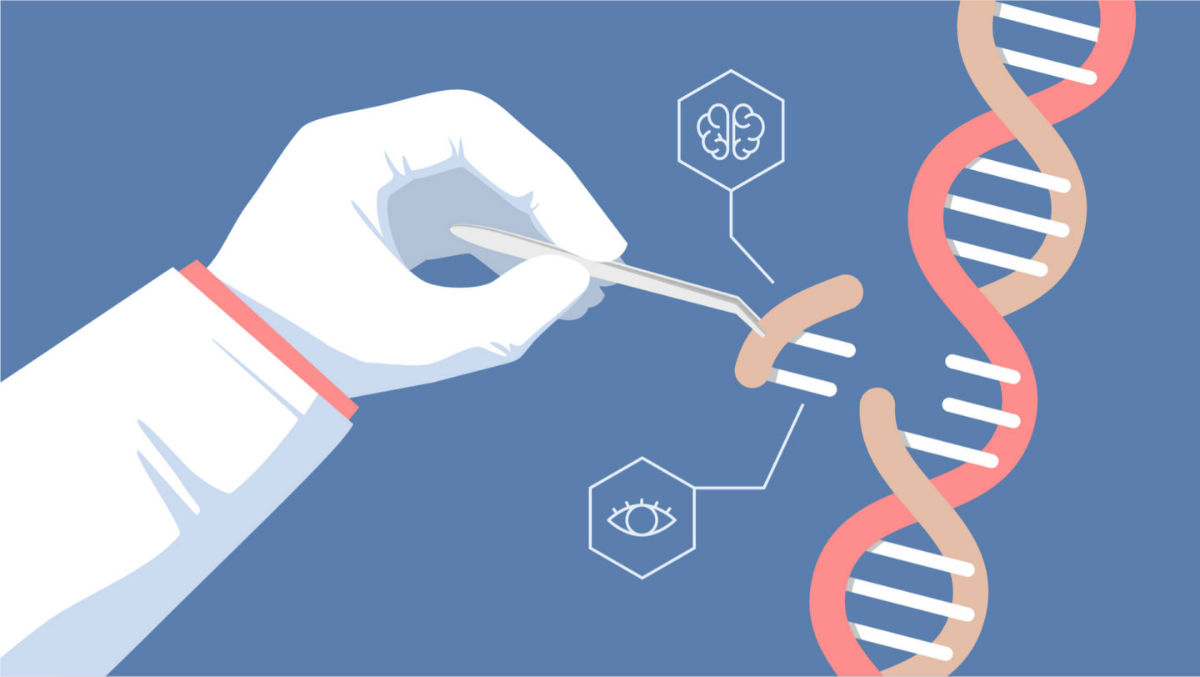
The brave new world of human genome editing: an Australian perspective
Australian law needs to catch up with scientific developments
Scientists around the world are exploring different techniques, including CRISPR/Cas-9, removing genes that cause heritable diseases/ conditions such as Parkinson’s or muscular dystrophy. However, there are serious ethical issues associated with this technology including the various concerns about the unintended consequences of this new technology.
At the conclusion of the second international summit on human genome editing in Hong Kong last November, its organising committee issued a much–anticipated statement recommending how human genetic engineering ought to be regulated.
While it acknowledges that exciting research is progressing in somatic and germline genome editing, a key message in the statement is that the clinical use of germline editing remains irresponsible at present. This is an iteration of the report released in the first international summit in 2015 where the organisers had recommended a moratorium on deploying this technology until its impacts are fully understood.
Given the serious ethical issues associated with editing the human genome, the cautious go-slow approach was recommended in the international summit. The summit committee suggested that researchers should not use CRISPR in clinical application to modify the human germline for the time being and it said that society needs to debate about the ethical considerations.
The committee did not rule out germline editing down the road provided the risks are adequately addressed and stringent conditions are imposed including independent oversight, a compelling necessity and long term follow-up. The committee noted that currently, heritable genome editing, whether gametes (sperm and eggs) or embryos poses risks that are still hard to assess.
For instance, in embryos, if changes are made in only some cells, the unedited cells may even perpetuate an illness. Also, if scientists are allowed to edit a germline, the next generations might not be able to opt out. There could be risks affecting not only the embryo but also their descendants. Indeed genetic changes might be a challenge to undo.
The summit committee calls for the forums to explore policies for improving equitable access. In addition to the call for a continued global discussion to promote public dialogue, the summit committee also recommended for some attention to societal effects. They acknowledge that community acceptability may differ among various nations and thus result in a variety of regulation.
Here in Australia, experts called for public dialogue to explore these complicated issues and some scientists and ethicists argue for a change in the law. Section 15 of the Prohibition of Human Cloning for Reproduction Act 2002 provides that a person commits a criminal offence if he alters the genome of a human cell in a way that the alteration is heritable by descendants of the human whose cell was changed and in modifying the genome, the person intended the alteration to be heritable by descendants of the human whose cell was altered. And the penalty for this offence is jail time for 15 years.
Also, there is a possibility that genetic enhancements are only available to subsections of the population which could accentuate social inequities. The wealthy can afford to use it to enhance their offspring while the have-nots cannot. This argument is particularly pertinent in egalitarian societies such as Australia.
Another serious concern which was surpisingly not articulated in the summit statement is the creation of designer babies.
This issue is also relevant in egalitarian societies. CRISPR may be used to edit the human genome to select for athleticism or intelligence. The genes could be modified including removing unwanted traits or inserting desirable ones. It can be argued that a person’s medical treatment is another person’s personal enhancement. Adding genes that boost muscle growth is therapeutic in individuals who have muscular dystrophy but not in sports people preparing for competitions.
Thus it can be difficult to draw a line between a remedial action and enhancement. At present, gene-editing technology is not up to the task of providing someone attractive looks or higher IQ as there are many obstacles to making those types of complex genetic modifications so designer babies are still far off today.
As genome editing technology raises profound ethical questions, this will involve biomedical scientists, social scientists, ethicists, health care providers, patients and their carers, patient groups, law/ policy makers, religious leaders and members of the public. We need to know the implications of this technology and confront the challenges posed by genome editing and hopefully reach a broad societal consensus which is not easy.
Indeed the Australian law needs to catch up as some experts argue. It is high time to have a serious dialogue and review the law governing this area which is 16 years old.
Dr Patrick Foong is a law lecturer at Western Sydney University. His research interest lies in bioethics and health law.
Creative commons
https://www.bioedge.org/images/2008images/crispr-cas9-2.jpg
australia
gene editing
- Utah’s new stem cell law undermines FDA’s authority - April 17, 2024
- Australia’s first human challenge trials centre opens - April 4, 2024
- FDA approves first gene-editing therapy - February 15, 2024
